Nuri (누리)
6.2Km 2019-11-26
23, Insadong 14-gil, Jongno-gu, Seoul
+82-2-736-7848
Located in the neighborhood of Insa-dong, traditional Korean lunch box and tea restaurant Nuri brings out the true beauty of hanok while implementing western dining culture with tables and chairs.
Nuri uses the finest grains directly from agricultural regions throughout the country, offering nutritious rice along with mildly seasoned side dish menus, taking advantage of the ingredients' natural flavors. Nuri uses its effective take-out and delivery system to cater to businesses and events.
Arirang Master Crafts Shop (아리랑명품관)
6.2Km 2021-12-01
17-1, Insadong-gil, Jongno-gu, Seoul
+82-2-739-5700
Arirang Master Crafts Shop is a comprehensive shopping center dealing with traditional Korean crafts. It covers traditional crafts by famous artists, pottery for daily use, decorative pottery, lacquer ware inlaid with mother-of-pearl, crafts made of traditional Korean paper and more. Every product has a fixed price. In addtion, customers can enjoy diverse works displayed in the Migak Museum (Migak means delicate sculpture for eyes to see), located in the shop.
World Jewellery Museum (세계장신구박물관)
6.2Km 2023-09-21
2, Bukchon-ro 5na-gil, Jongno-gu, Seoul
+82-2-730-1610
Situated in the gallery district in the back alley of Samcheong-dong (east of Gyeongbokgung Palace), the World Jewellery Museum houses 3,000 jewelry pieces from 60 countries, which have been collected over 30 years. Of which, 1,000 have been selected for display. The first floor contains an Amber Wall that goes back as far as 50 million years, the Golden Hall (El Dorado), the Necklace Hall, and the solemn Alter of the Cross. The second floor holds a mask wall, rings, beads and ivory as well as modern jewelry.
Nwijo (뉘조)
6.2Km 2024-03-06
27 Insadong 14-gil, Jongno-gu, Seoul
+82-2-730-9311
Nwijo is a Korean table d'hote restaurant located in Insa-dong where you can enjoy course meals made from hundreds of wild herbs. Starting with pumpkin porridge and water kimchi, basic dishes such as wild herb salads, pancakes, kimchi with boiled pork slices, and mixed roots are served along with set menu and wild herb enzymes as a standard part of the meal.
Gallery Park Young Sook - Atelier Seoul (박영숙요 (아틀리에서울))
6.2Km 2020-04-23
30, Insadong-gil, Jongno-gu, Seoul
+82-2-730-7837
Gallery Park Young Sook (Atelier Seoul) is the gallery of the modern potter, Park Young Sook. The gallery displays and sells white porcelain representing the Joseon dynasty, Buncheong ware, and ceramics with modern flavors. As the name implies, the gallery feels more like a showroom than a shop, even though the various items, including flower vases, decorative ceramics, and daily use earthenware are for sale. Queen Elizabeth II of England visited Gallery Park Young Sook during her second visit. The gallery has even expanded, with another branch opening in New Jersey.
Sadongmyeonok (사동면옥)
6.2Km 2021-12-17
9, Insadong, 8-gil, Jongno-gu, Seoul
+82-2-735-7393
A store with over 35 years’ experience that sells Hwanghaedo-style dumplings. The best menu at this restaurant is dumpling hot pot. This Korean dishes restaurant is located in Jongno-gu, Seoul.
Banjjak Banjjak Binnaneun (반짝반짝빛나는)
6.2Km 2021-03-19
28-1, Insadong-gil, Jongno-gu, Seoul
+82-2-738-4525
A Traditional Beverages specialty restaurant located in Insa-dong, Seoul. A store selling hand-crafted Korean traditional tea. The most famous menu is green plum tea.
Olens - Chung-Ang Univ. Branch [Tax Refund Shop] (오렌즈 중앙대)
6.2Km 2024-04-16
1F, 87-1, Heukseok-ro, Dongjak-gu, Seoul
-
Teobangnae (터방내)
6.2Km 2021-03-30
101-7, Heukseok-ro, Dongjak-gu, Seoul
+82-2-813-4434
It is an old store that opened in 1983. This cafe is located in Dongjak-gu, Seoul. The representative menu is coffee.
Kumkang - Jongno Branch (금강제화 (종로지점))
6.2Km 2021-07-19
89, Jong-ro, Jongno-gu, Seoul
+82-2-733-2744
Kumkang Shoes is Korea's leading fashion retailer specializing in formal, casual and athletic footwear, as well as trendy clothing and accessories. Located in central Seoul, Kumkang Jongno is easily accessible from major shopping areas such as Insa-dong and Dongdaemun Market. Moreover, this Kumkang branch has a tailor shop that provides tailoring and repair services.
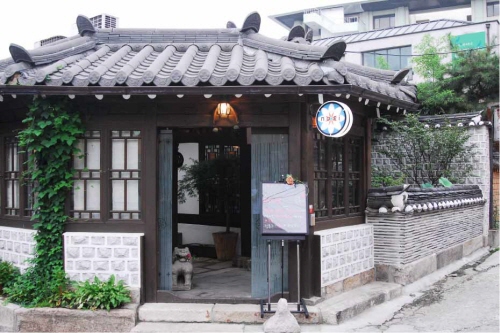
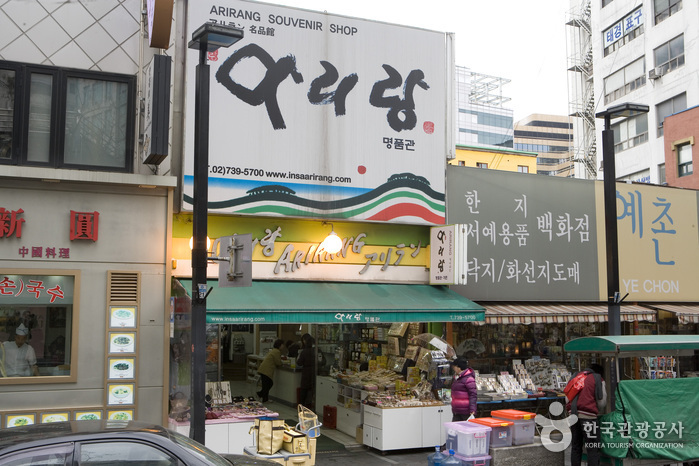
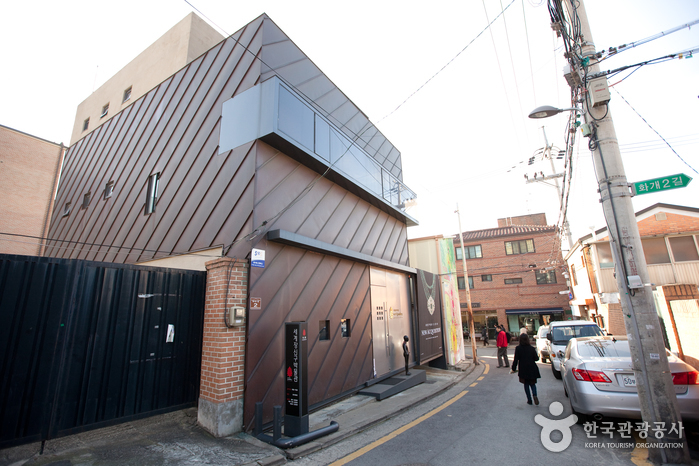
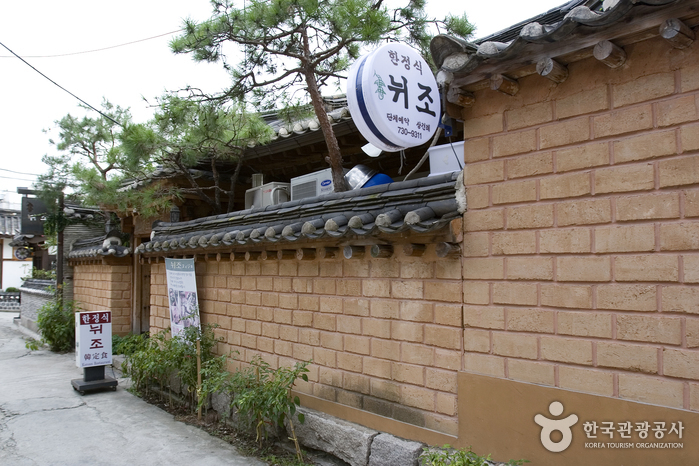

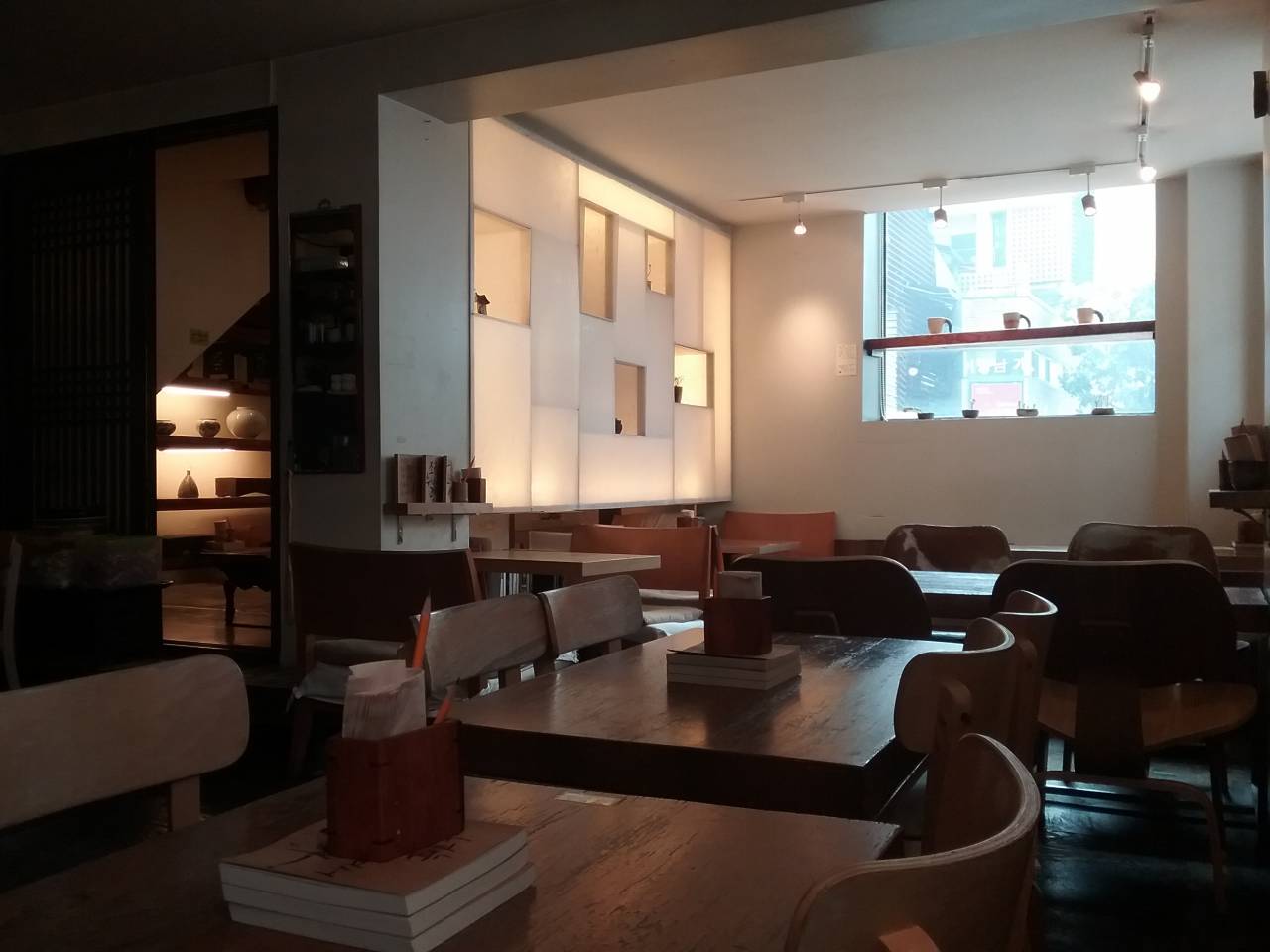
![Olens - Chung-Ang Univ. Branch [Tax Refund Shop] (오렌즈 중앙대)](http://tong.visitkorea.or.kr/cms/resource/16/2880016_image2_1.jpg)
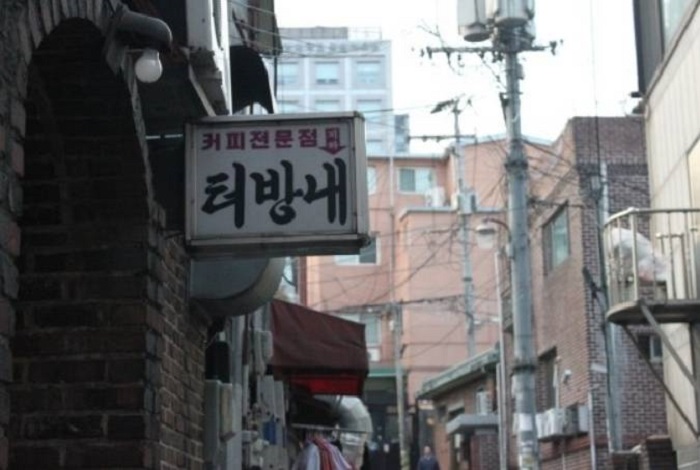
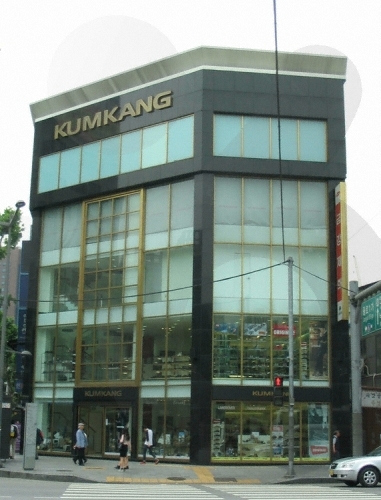
 English
English
 한국어
한국어 日本語
日本語 中文(简体)
中文(简体) Deutsch
Deutsch Français
Français Español
Español Русский
Русский